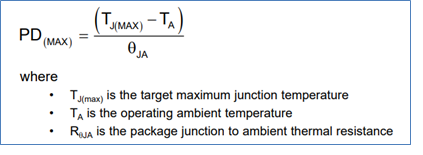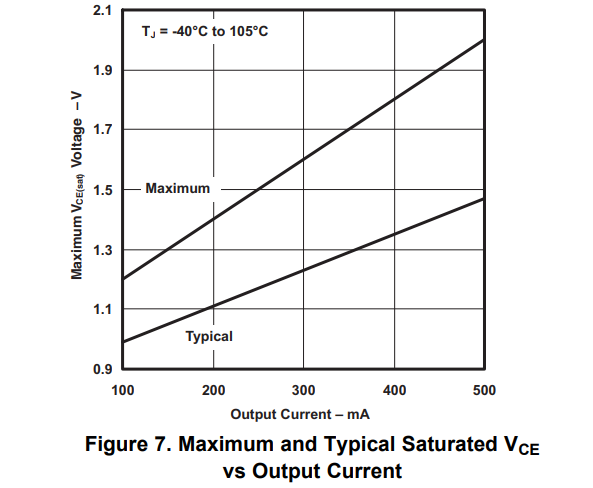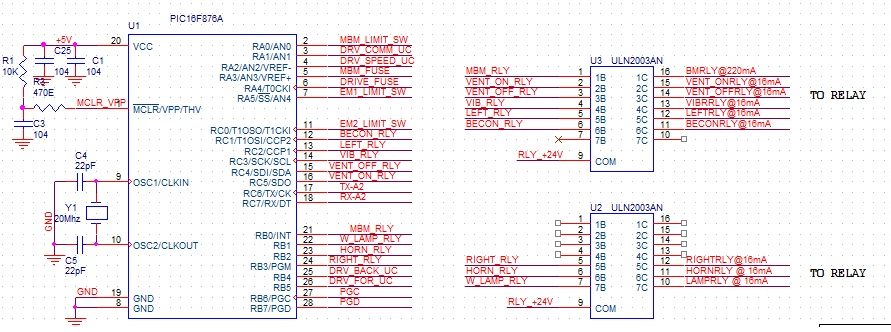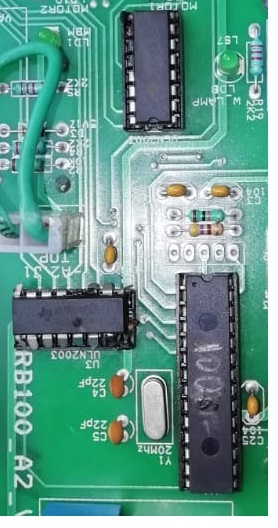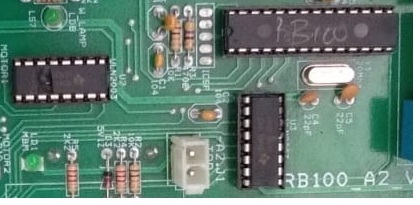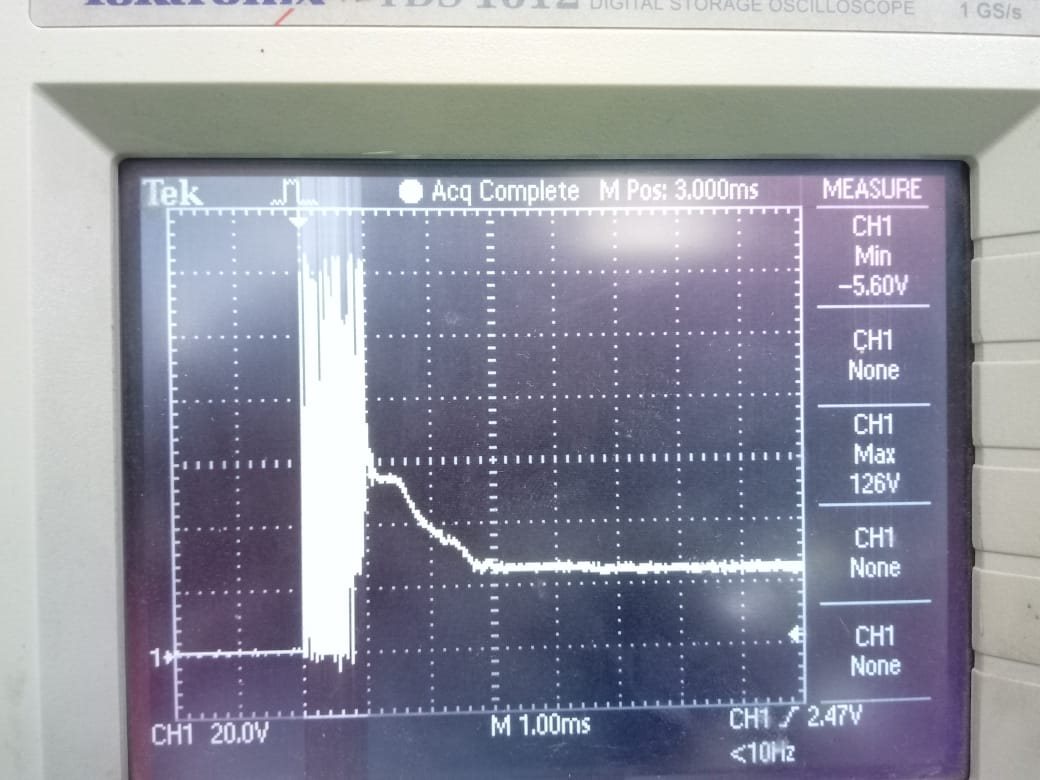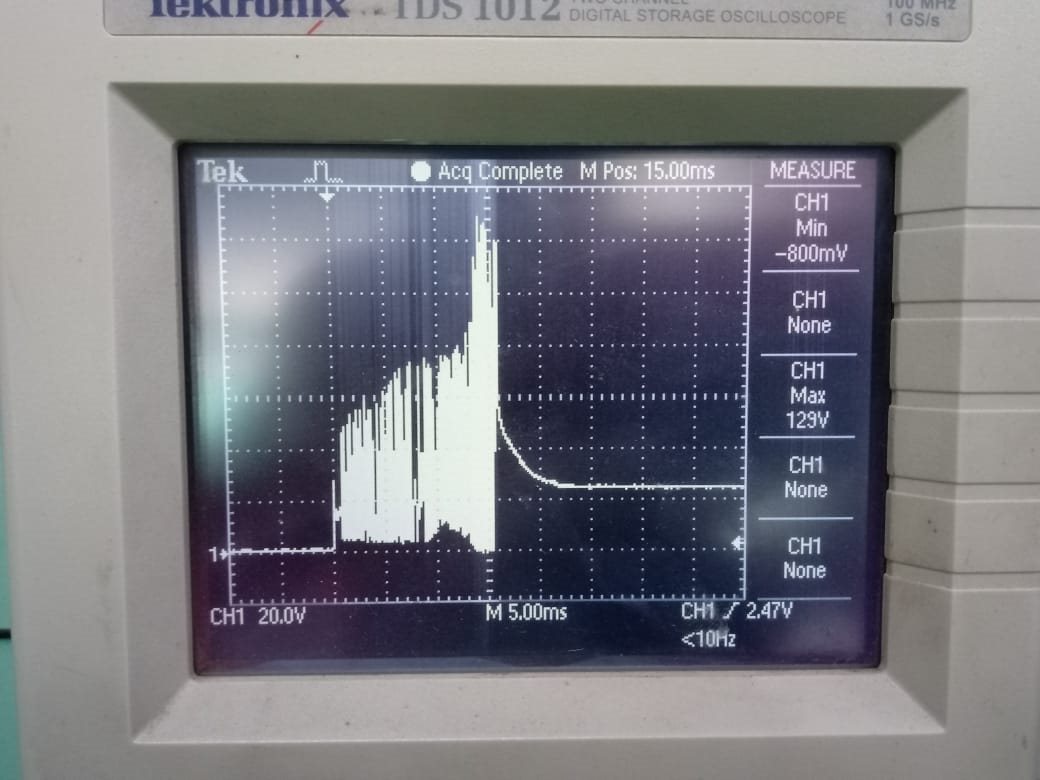Hi all,
It is a failure issue in ULN2003A, ULN2003 has been used in similar design for nearly 12 years, but the 10% of failure happens in last two year.
These IC's are used to control a 24V DC battery operated Floor cleaning machine
The purpose of IC in our Floor cleaning Machine board as described below
1) ULN2003AN (IC3) - Here ULN2003AN is used to ON and OFF 2 Contactors and 5 Relays
2) Another ULN2003AN (IC5) – Drive 2 number of relays.
3) 74HC595 (IC2,4) - Here 74HC595 is used to transfer the control signal from Microcontroller
to ULN2003AN.
*Below figure shows the how ULN2003AN & 74HC595 IC used in schematic
This is working very well. In some of the boards after 50hrs running the ULN2003 (either IC3 or IC5 or both) was failed. In the failed condition the ULN2003AN outputs ON automatically (without control from microcontroller).
In some failure cases The IC2 and or IC4 also failed. We are exporting this product all over the world. This is the major failure in this product, and we are in crisis situation. Kindly suggest the exact failure cause for this issue and let us know the route cause. I listed out some of the failure conditions below, * IC got Externally Broken
* IC burned
* IC Partially not working
* IC Internally short
we measured the case temperature of the ULN2003A IC its also goes maximum up to 65 degree Celsius.
if case temperature is 65 means what is the junction temperature?
we measured the junction temperature according to TI datasheet for IC3
| IC Pin no | Load | A | V drop | Power dissipated | Thermal Resistance (from datasheet) | Case Temp measured(Eg) Tc | Junction Temp Estimated Tj |
| Pin16 | BM cont | 0.390 | 1.225 | 0.478 | |||
| Pin15 | VM cont | 0.220 | 1.040 | 0.229 | |||
| Pin14 | Horn Rly | 0.016 | 0.803 | 0.013 | |||
| Pin13 | Lamp Rly | 0.016 | 0.779 | 0.012 | |||
| Pin12 | BM A1 Rly | 0.086 | 0.840 | 0.072 | |||
| Pin11 | BM A2 Rly | 0.016 | 0.728 | 0.012 | |||
| Pin10 | VM Rly | 0.086 | 0.791 | 0.068 | |||
| 0.884 | 54 | 65 | 112.72 |
Junction temperature - 112.72 degree Celsius is correct



